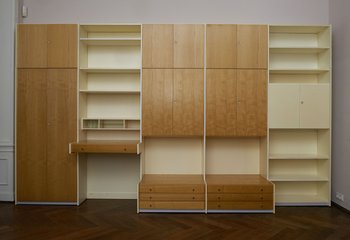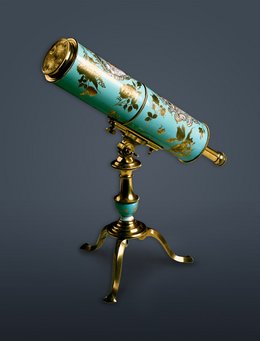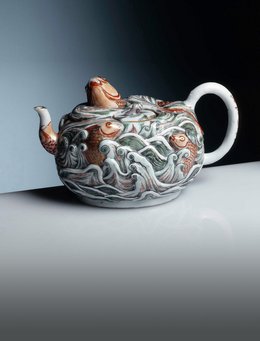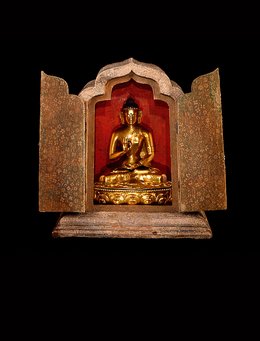Among the objects on display are the machine-made furniture designed by Richard Riemerschmid (1868-1957) and cupboards from the product range called “Die wachsende Wohnung” (The Growing Home) by Bruno Paul (1874-1968), as well as items from the “Billige Wohnung” (Cheap Home) conceived by the designer Gustav Adolf Schneck (1883-1971), through which the Deutsche Werkstätten wrote design history. Classics of GDR design such as the sectional furniture series “602” by Franz Ehrlich (1907-1984), the “MDW” wall units by the group of designers around Rudolf Horn (*1929), the veneer chair by Erich Menzel (*1910) and the armchair by Selman Selmanagic (1905-1986) demonstrate that the Deutsche Werkstätten continued to produce sophisticated designs even after the caesura of the Second World War. Textiles, ceramics, brass objects and lampstands also illustrate the holistic interior design concept of the Deutsche Werkstätten.
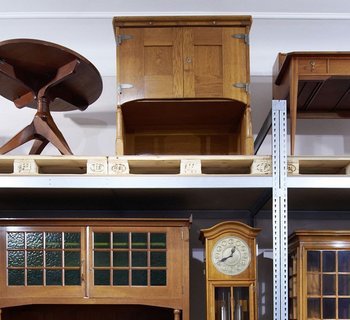
Display Storeroom Deutsche Werkstätten
Furniture produced by the Deutsche Werkstätten forms an important group of works within the collection of the Kunstgewerbemuseum. In order to make more of these items accessible to the public than has previously been the case, the east wing of the Bergpalais has been converted into a display storeroom. The exhibition is not arranged according to types of furniture but rather according to different periods, with characteristic objects representing developments in furniture production and interior design at the Deutsche Werkstätten, from their beginnings in 1898 up to the 1970s.
- Exhibition Site Kunstgewerbemuseum
-
Opening Hours
daily
10—17, Monday closed
01/11/2023 — 26/04/2024 closed
- Admission Fees normal 12 €, reduced 10 €, under 17 free, groups (10 persons and more) 7 €

Also on view in the display storeroom is a selection of six wallpaper patterns by renowned designers such as Richard Riemerschmid and Adelbert Niemeyer (1867-1932) which were among the holdings of the Kunstgewerbemuseum that, until recently, were thought to have been lost. During the Second World War, the approximately 90 designs making up the collection were wrapped in duplicate posters for protection and then packed in thick rolls. After the end of the war, they were not recognised under these protective coverings and were only rediscovered as the museum’s holdings were systematically surveyed and gradually transferred from the former museum building in Güntzstraße to Schloss Pillnitz. The provision of additional funding enabled the rolls to be opened by restorers, after having become stuck together over time.
